Fun facts about Uranus that you may not know
5th Aug 2023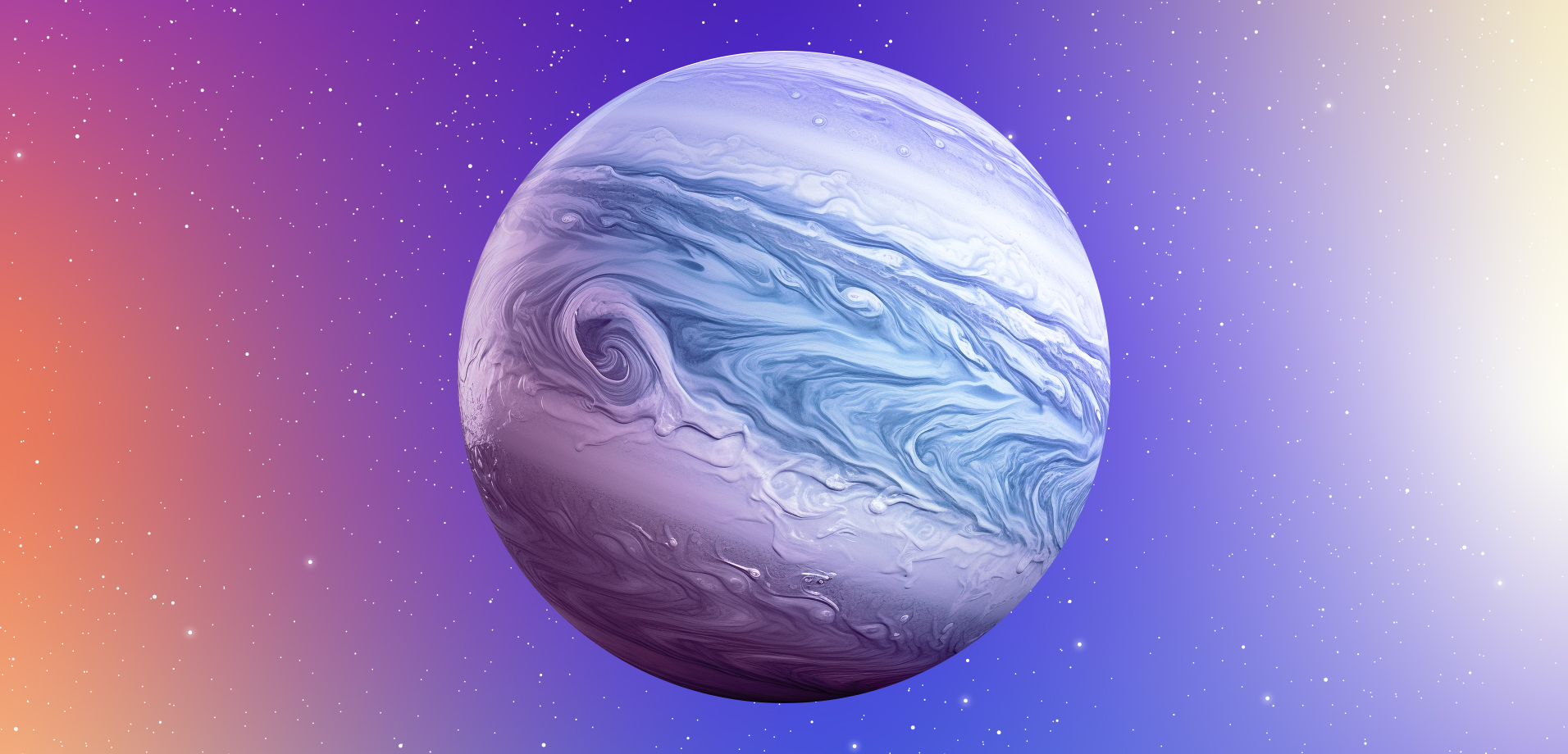
We keep introducing you to the structure and inhabitants of the solar system, and today the object of our observation will be Uranus — an ice giant and the seventh planet from the Sun. What are the most interesting facts about Uranus? Let’s find out.
13 short and fun facts about Uranus
People have been observing Uranus since ancient times but kept mistaking it for a star. In 128 B.C.E., the Greek astronomer Hipparchus included Uranus in his catalogue of stars. In 1690 C.E., the English astronomer John Flamsteed made the same mistake and registered this planet as star 34 in the constellation Taurus. As with other objects in the universe, our knowledge of the planet has only significantly increased in the 20th century with the development of new telescope types and space technology.
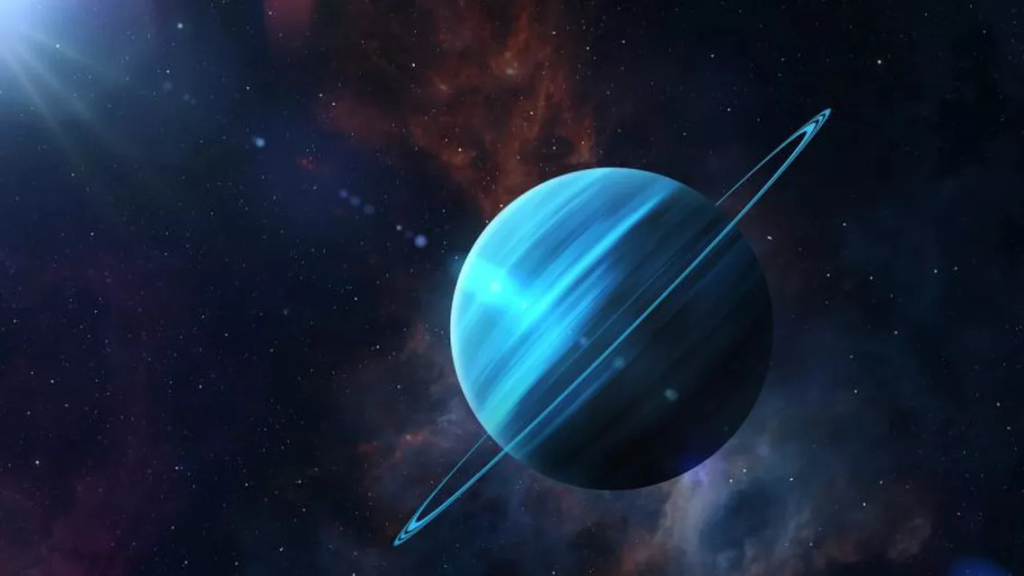
These are 13 main facts about Uranus you should know:
- Planet type: ice giant.
- Radius: 25 362 kilometres or 15 759 miles.
- Mass: 8.681 × 10^25 kg.
- Aphelion (the most distant point of the orbit): 2.99 billion km or 1.86 billion miles.
- Perihelion (closest point in orbit): 2.49 billion km or 1.55 billion miles.
- Average distance to Earth: 2.9 billion km or 1.8 billion miles.
- The average distance from Uranus to the Sun: 19.1914 AU e. (2.8 billion km or 1.74 billion miles).
- Surface temperature: -224 °C or -371,2 F
- Day length: 17 h 14 m
- Length of a year on Uranus (one revolution around the Sun): 84.3 Earth years
- Uranus ring system: 13 rings
- Satellites: 27
- The only planet named after a Greek god, not a Roman one.
Uranus remains an interesting and relatively unexplored planet in our solar system, and further exploration could reveal even more intriguing aspects of this enigmatic ice giant. In the meantime, let’s learn more interesting and fun facts about Uranus.
Who discovered Uranus?
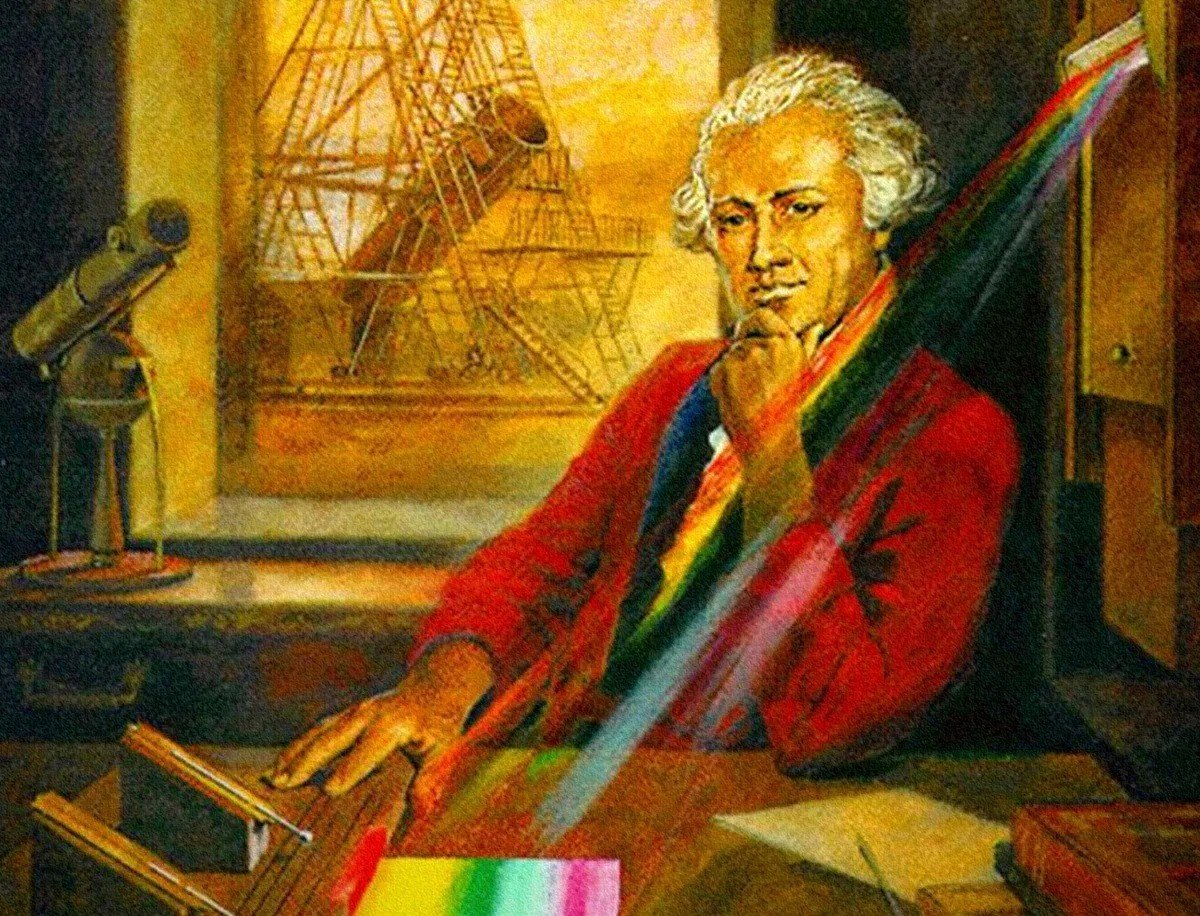
Uranus was discovered by British astronomer William Herschel in 1781 using a 227x telescope that he built himself.
During evening observations on the 13th of March from the garden of his house number 19 on New King Street (the city of Bath, Somerset, in the UK), the scientist discovered an unknown object, the nature of which he could not determine. His first journal entry was:
In the quartile near ζ Tauri … either a nebulous star or perhaps a comet. Later, on March 17, another entry appeared: I looked for the Comet or Nebulous Star and found that it is a Comet, for it has changed its place.
As Herschel continued to carefully describe the object as a comet, other astronomers watching it move across the sky suspected it was a planet. In 1783, Herschel himself admitted this fact, as he reported to the President of the Royal Society, Joseph Banks:
By the observation of the most eminent Astronomers in Europe it appears that the new star, which I had the honour of pointing out to them in March 1781, is a Primary Planet of our Solar System.
For his services, Herschel was awarded a £200 lifetime grant by King George III, on the condition that he moves to Windsor so that the royal family could observe the sky through his telescopes.
How did Uranus get its name?
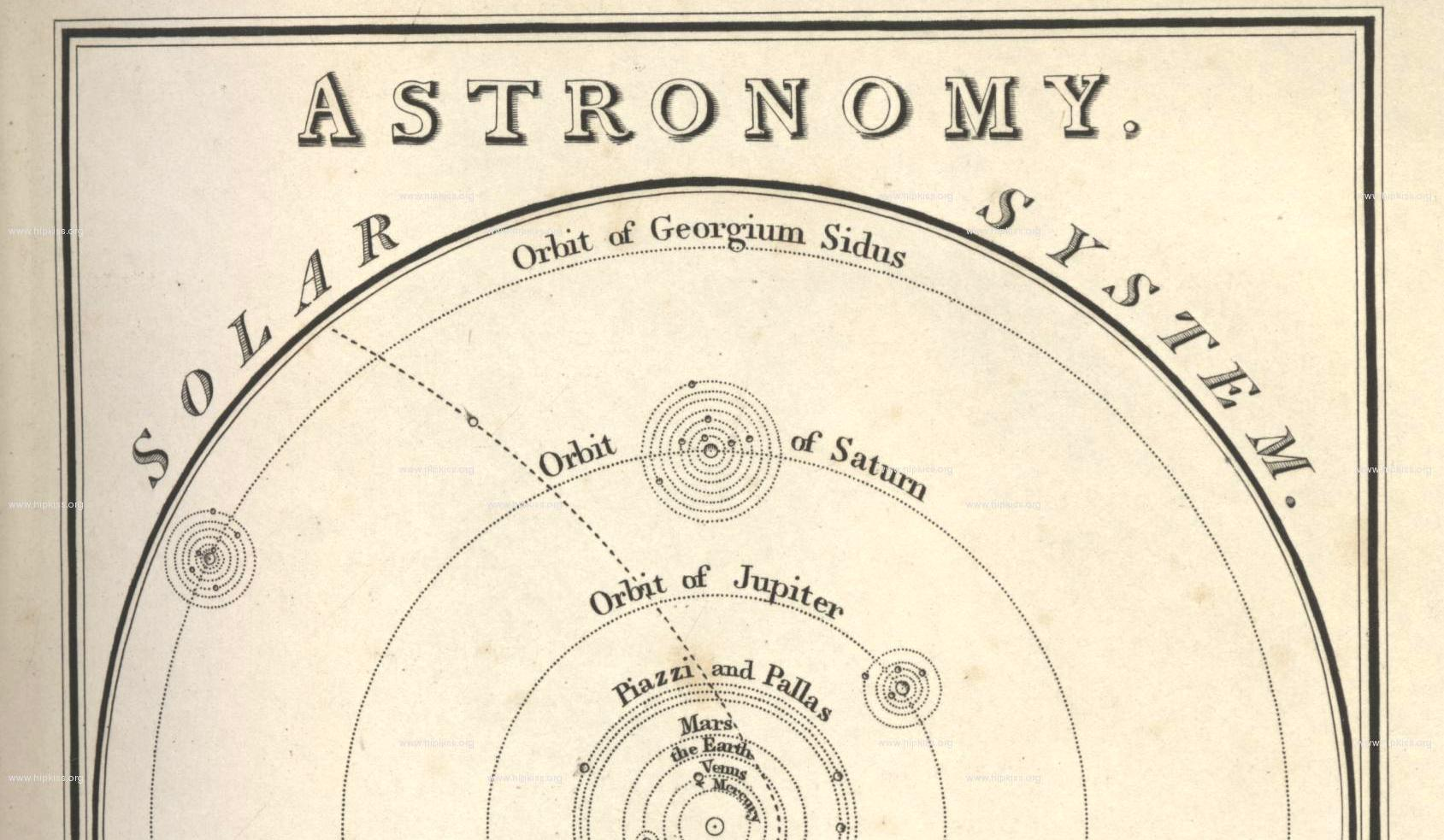
It was a German astronomer Johann Bode who suggested naming the planet Uranus in honour of the sky god from the Greek pantheon. His explanation was, “since Saturn was the father of Jupiter, the new planet should be named after the father of Saturn”.
However, Uranus could have received a different name. Some astronomers suggested naming it after Herschel, and the scientist himself suggested the name “Georgium Sidus” (Latin for “George’s Star”) in honour of King George III. This is how he explained this: If in the future someone asks when this planet was discovered, a good answer to this question would be: “During the reign of George III”.
The name “Georgium Sidus” or “George” in Great Britain was used for almost 70 years, and the planet was officially called Uranus only in 1850, after the publishing house of His Majesty’s Nautical Almanac “HM Nautical Almanac Office” used the new name in their lists.
What is the nickname of Uranus?

Scientists call Uranus an ice giant, and there is a completely logical explanation for this. It is assumed that its small silicate-iron-nickel core is surrounded by a giant icy mantle consisting mainly of water, ammonia, and methane. The planet’s upper atmosphere is made up of gases, including hydrogen, helium, and methane. Methane has the ability to absorb the red and yellow parts of the light spectrum, which gives Uranus its characteristic turquoise-blue colour, reminiscent of ice.
Besides, due to its considerable distance from the Sun, Uranus receives very little solar energy, so it is very cold — the average temperature on its surface does not exceed -214 degrees Celsius. Reason enough to be considered an icy planet? However, those are not all the fun facts about Uranus. Want some more?
Uranus is very big

Uranus is the third largest and fourth heaviest planet in the solar system. If the Earth were the size of an apple, then Uranus would be the size of a basketball. The volume of Uranus is 63 times larger than the volume of the Earth: 63 terrestrial spheres can fit inside this planet! In addition, the ice giant is about four times wider than the Earth. To better understand the size of Uranus, take a look at this NASA image, which shows the sizes of all the planets relative to each other.
Uranus rests on its side (probably because he is tired)
We are joking. But Uranus indeed has a very unusual axial tilt: instead of rotating almost vertically like most other planets, Uranus “rests on its side” because its axis is tilted about 98 degrees relative to its orbital plane. This extreme tilt gives the planet its distinctive rolling orbit around the Sun, as well as extreme seasonal fluctuations.
If we were near its pole, we would see how the Sun spirals almost to the zenith for 21 years, then it also spirals beyond the horizon, and after a 42-year polar summer, a 42-year polar night begins. Almost the entire hemisphere is located beyond the Arctic Circle, except for a narrow strip along the equator. Only in spring and autumn, near the equinoxes, Uranus is illuminated by the Sun “as it should be” — with sunrises, sunsets and a change of day and night.
Scientists do not yet know why Uranus has such an unusual tilt of axial rotation. One of the hypotheses is that the planet “turned over on its side” 3-4 billion years ago due to one or more collisions with other space objects. By the way, the same collision could lead to the retrograde rotation of Uranus. It and Venus are the only planets that rotate clockwise instead of counterclockwise like the other planets. What incredibly fun facts about Uranus, don’t you agree?
Uranus’ rings are darker than coal
Uranus is one of the planets with rings, but they are very narrow and dark, which makes them inexpressive. The albedo of the particles that make up the rings is only about 1.5%, which makes them blacker than coal! So, they are strikingly different from the rings of Saturn, which are composed mainly of water ice and are, therefore, very bright. In total, we know about 13 rings of Uranus. They were first discovered in 1977 when Uranus was passing in front of a star, and scientists noticed that the star’s light was dimming slightly, probably as it passed through the rings.
Uranus’ moons are named after Shakespeare’s characters
Uranus has 27 moons, that humanity knows about, and they are named after characters from the great works of William Shakespeare and Alexander Pope. Major moons include Miranda, Ariel, Umbriel, Titania, and Oberon. These moons are believed to be a mixture of ice and rock. And this is one of the most fun facts about Uranus.
Flight to Uranus takes about 10 years
NASA’s Voyager-2 space probe reached the ice giant in 9.5 years. It was launched in August 1977 and approached Uranus on January 24, 1986. No other spacecraft has flown past the ice giant, so we don’t yet know if there is a shortcut to the planet.
Uranus can be seen with the naked eye
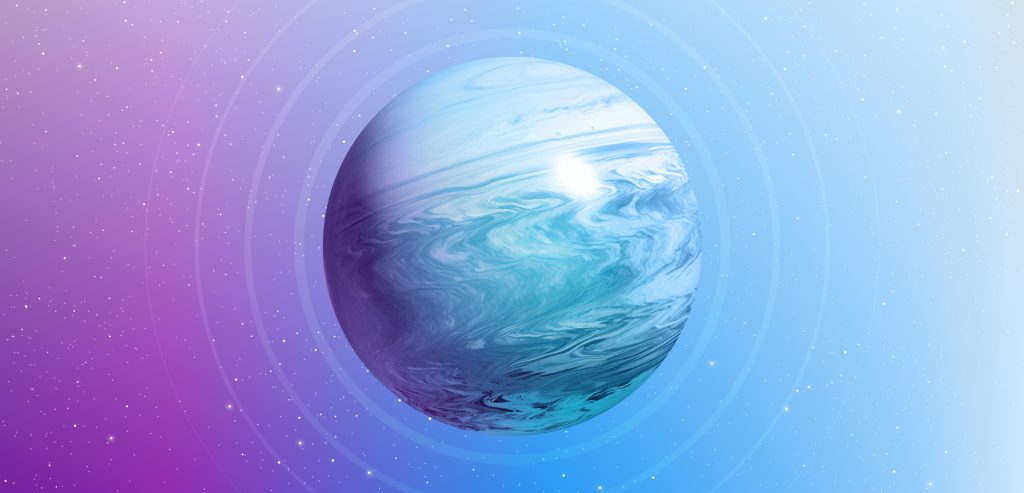
Although the planet is very far from Earth, it can be observed without a telescope and even without binoculars. But you will need to specially prepare for it. Find a place, as dark as possible, away from big cities and light pollution. Let your eyes adjust to the darkness to increase your vision sensitivity. Stay away from bright light sources. To find Uranus in a clear night sky, draw an imaginary line between the Moon and Mars, about one-third of the line closer to the Moon, and then you can see Uranus as a tiny blue speck. You can also use the location maps on theskylive.com or the Sky Tonight app.
Is Uranus in the zodiac?
Yes, in astrology, Uranus rules the zodiac sign Aquarius. People born under the influence of Uranus in Aquarius have some amazing traits that make them unique. They are incredibly creative and often idealistic. They have a heightened sense of justice and are tireless defenders of disadvantaged people or the ideas they believe in. They often act as catalysts for change, leading movements and inspiring others to take action against repressive systems or outdated beliefs. At the same time, their shortcomings often include impatience, indecision and perfectionism.
Is Uranus masculine or feminine?
Uranus is considered a male planet, like Mars, Jupiter and Pluto. It received such a name due to its external, active manifestation of energy. Also, Uranus controls Aquarius in astrology, and this is also a male sign characterised by activity outside its inner world.
Final thoughts
We have told you about the most interesting facts about Uranus as we see them. The planet is still little studied, and scientists still have much to learn about it. NASA is going to send a research mission to Uranus in 2034-2036, but it will take at least ten years to get there. So, you’ll have to be patient. But we won’t let you get bored. Stay with Orbital Today. We always have something to surprise you!
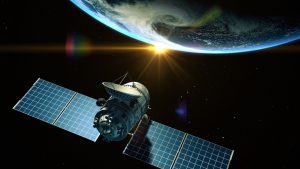
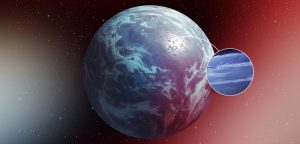
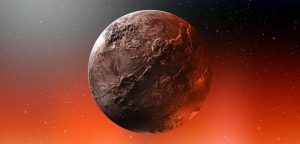


Thank you for your comment! It will be visible on the site after moderation.